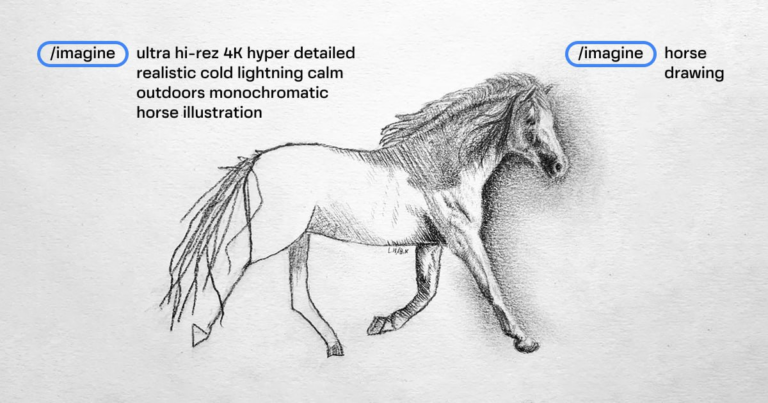in 10 years will AI take over the gaming industry?
Nvidia is gradually helping to develop the machine learning industry by developing and delivering increasingly powerful chips to partners around the world. New opportunities are opening up that have never been seen before, and one of them is the generation of games using artificial intelligence. According to Jensen Huang, head of Nvidia, fully AI-generated games will appear in 5-10 years.

What, will artificial intelligence do everything?
According to Huang, yes. He claims that DLSS 10 will be an all-AI rendering system. It will interact with the game engine to generate a bright “picture” that attracts gamers, and not only that. The head of the corporation made this statement at GTC 2024.
What is DLSS? Now the third version of the technology is relevant. According to representatives of Nvidia, this is “a true revolution in AI-based graphics, increasing performance significantly. Relying on the new fourth-generation Tensor Cores and optical flow accelerator in GeForce RTX 40 GPUs, DLSS 3 technology uses artificial intelligence to create additional frames and improve image quality.”

Using DLSS, you can increase FPS and improve image quality, which, accordingly, increases the “playability” of the content, allowing the player to immerse themselves deeper into the game world. The main principle of DLSS is to convert low-resolution images into higher-resolution frames, up to 4K, without losing the quality of the game world.
By the way, the vice president of the corporation told us what all this might look like. In his opinion, in the future it will be possible to write a paragraph of text outlining the main plot of the game (here it would be useful to remember those very “corowans” that someone “has been waiting for two years”). After this, the text is “fed” to the neural network, and it generates everything that is needed. Moreover, we are not talking about simple toys, but about full-fledged AAA titles like Cyberpunk 2077.
Future versions of DLSS will most likely actually be able to do everything that top managers at Nvidia Corporation are talking about. Ten years from now, it's easy to imagine AI-powered tools that can create models, levels, code, and other assets in minutes. Of course, we are not talking about personal computers. Most likely, the calculations will be performed in the cloud, after which developers will only be able to slightly improve the result.
By the way, AI can already create games, albeit simple ones and not of particularly high quality. But even a weak game created by AI in less than 10 minutes is much more than many people can do on their own. Thanks to artificial intelligence, ideas for creating better games can be implemented much faster. As Jensen noted during the question and answer session, AI will democratize access to writing code—in the future, those enthusiasts who are not very familiar with development will be able to get into the gaming industry.
All this sounds quite realistic, because there is already a significant increase in the use of artificial intelligence tools for content creation. Whether this will ultimately lead to better games remains to be seen, but the likelihood of it happening is far from zero.
Nvidia Tools
The corporation already provides powerful tools for creating and working with AI models. In March 2024, Nvidia showed new computing accelerators based on the Blackwell architecture. The latter is a “descendant” of Hopper, the predecessor introduced two years ago.
The corporation said that the new chip is designed to create systems that allow training truly gigantic models – no longer with billions, but with trillions of parameters. This is needed to solve problems such as natural language processing, creating multimodal applications, code generation, etc. There is nothing surprising in the naming of the architecture – it is named after an American mathematician.

Thus, the new GPU consists of two crystals, which are produced using a special version of the TSMC 4NP 4nm process technology (of course, at TSMC facilities) and combined with 2.5D CoWoS-L packaging. Interestingly, this is Nvidia's first GPU with a chiplet layout. The chips are connected by an NV-HBI bus with a throughput of 10 TB/s and operate as a single GPU. In total, the new product has 208 billion transistors. The company calls its product the engine for a new industrial revolution.
Actually, he has the right, since his capabilities are truly excellent. For example, in FP4 and FP8 calculations, this GPU shows performance of up to 20 and 10 Pflops, respectively. Last but not least, the chip's functions are due to new tensor cores and the second generation of the Transformer Engine. It allows you to fine-tune calculations for different tasks, which, of course, affects the speed of model training. Blackwell supports a wide range of formats, including FP4, FP6, FP8, INT8, BF16, FP16, TF32 and FP64.
The main product here will be the Nvidia Grace Blackwell Superchip. It has two B200 GPUs and a central Nvidia Grace Arm chip with 72 Neoverse V2 cores. In general, it’s not for nothing that the prefix “Super” was added to the name of the chip; the result is truly surprising. Performance in FP4 operations reaches 40 Pflops, while in FP8/FP6/INT8 operations the new GB200 is capable of delivering 10 Pflops.
As far as one can judge, if hardware development continues at this pace, then the likelihood of the future described by the head of Nvidia is not so low.




